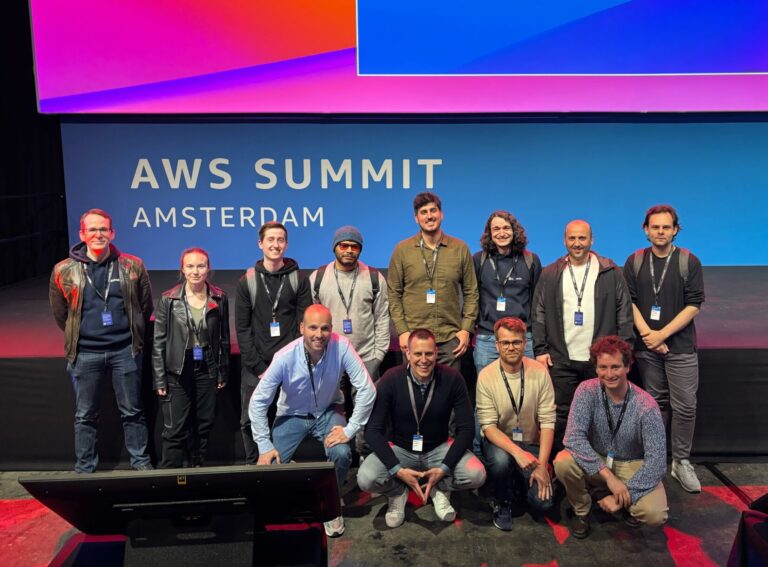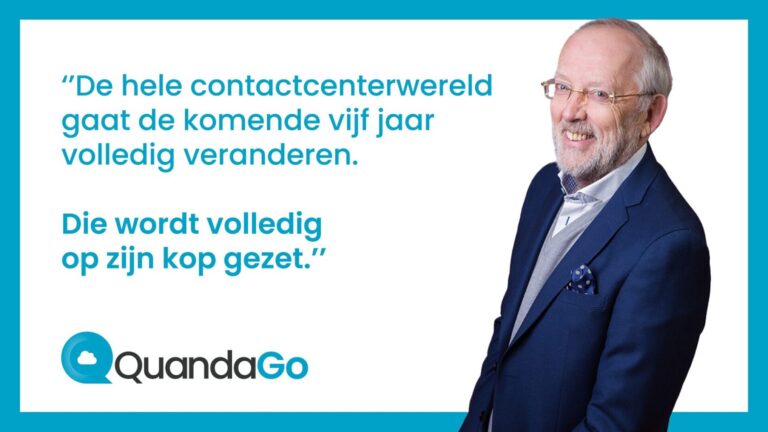In our economy, of which an increasing proportion is taking place online, customers are becoming increasingly demanding. Because information about prices and products is completely transparent, consumers mainly choose based on customer experience. It is about ease of doing business and the quality of service. And the latter, which often involves customer contact, is all about channels, response speed and experience. How do you realize that?
Verint research shows that preferences and wishes depend on the situation and the age of the customer. For simple questions, customers prefer digital; when complexity increases face-to-face contact or the telephone is the preferred channel. Millennials, however, prefer “digital” channels such as chat, messaging, web self-service, mobile apps and social media. Across generations, two thirds of consumers expect digital channels to be faster, more intuitive and more customer-oriented.
Channel selection
Optimally serving multiple generations with different preferences therefore places quite a few demands on the customer contact strategy of the average company: a website and a telephone number are no longer sufficient. In addition, most consumers have a smartphone with a variety of means of communication on it: they choose the channel that best suits the circumstances.
Change speed counts
A second challenge is that companies must be able to respond quickly to changing customer needs. This applies to functionality – for example, integrating a channel such as WhatsApp into customer contact – and processes: think of campaigns that require upscaling in a short time; or to improve service processes, whereby lead times must be shortened. Flexibility and speed of change are therefore essential: it is all about people, technology and processes. To measure whether customer service departments perform well, more and more companies use KPIs such as NPS (net promoter score) and CES (customer effort score). Ongoing customer satisfaction surveys have gradually become a given: we all know the emails asking us to provide feedback after a transaction.
Golden opportunities for SMEs
With this change and improvement, large companies are mainly confronted with their own logic and IT legacy. Small and medium-sized companies often have limited resources, but usually also have shorter lines and therefore a higher change potential. In smaller companies too – Dutch SMEs account for around 70% of employment and more than 60% of added value – consumers increasingly have exactly the same expectations as successful and well-known players such as Coolblue. Smaller organizations can therefore win at a faster rate of change compared to larger competitors, as long as they ensure that they are flexible.
Flexible customer contact department
As an SME, how do you make your customer contact operation flexible? When it comes to customer contact, the operation expects to be able to do the following:
- Being able to scale up and down in capacity without limitations (customer service occupation);
- Being able to introduce new functionality quickly (easily integrate new processes or tools such as workforce management or new contact channels);
- Quickly changing processes that affect the customer (IT should not be the limiting factor);
- Manage management productivity by increasing customer contact department productivity;
- Optimal support for employees and team leaders with user-friendly systems.
These expectations therefore require excellent software for customer contact. Both the telephony platform and the CRM application must ensure that attention is paid to (always being able to adjust) the processes surrounding the employee and the customer, instead of systems and technology. What is a wise strategy when it comes to the choice of technology?
Cloud is more than just software
Go for a modern solution that has been developed in close collaboration with (end) users. This ensures an increased adoption of the system, shortens training time and enables customer service staff to focus on dialogue with the customer. Bet on cloud software, because with this you can easily change and integrate without the need for investments in servers and management capacity. Most cloud applications are also “best of breed” solutions, which means that they are the sum of proven technology and functionality. Moreover, nowadays the cloud is more than just applications: they are part of an ecosystem full of useful apps and APIs. With actual cloud solutions you also pay according to usage, so the costs are predictable. In addition, with modern cloud solutions, the business is in control when it comes to functional management. And finally, with cloud solutions, security is well organized and downtime due to maintenance and upgrades is a thing of the past.
Software supplier as a knowledge partner
Finally: seek collaboration with a software partner who truly understands your business and is familiar with the daily operation of customer contact, because you will not win the battle with only technicians. The real added value of a software partner is not in technology, but in domain knowledge, trust, openness and cooperation.






